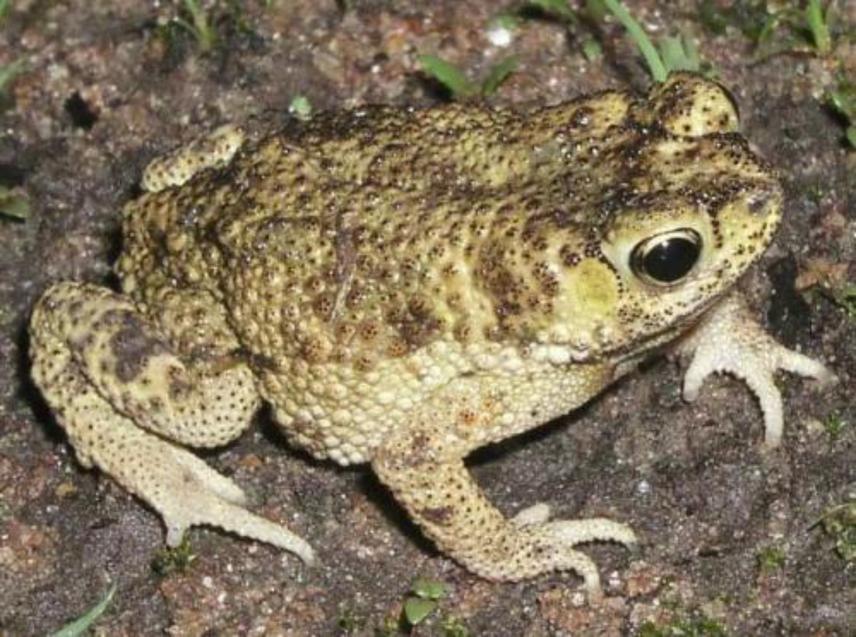Jigme T. Wangyal
Other projects
16 Apr 2014
A Photographic Guide to the Common Amphibians and Reptiles of Bhutan - A Tool to Enhance Awareness, Knowledge and Skill for Conservation of Herpetofauna
This project aims to document and list the amphibian diversity of three districts, viz. Wangdue Phodrang, Punakha and Gasa with focus on the Himalayan newt. It’s further aimed for looking at the conservation status of the amphibians of the area to promote conservation through awareness education.

Duttaphrynus stomaticus.
I worked for the reptile diversity of Bumdeling Wildlife Sanctuary in eastern Bhutan between 2008 and 2009 that gave me an insight into how poorly the herpetofauna of Bhutan is documented. While a lone report of reptiles of Bhutan was found there was nothing about the amphibians. Therefore, this project which is the first of its kind in Bhutan was conceived and proposed. Further, Bhutan is considered a biological hotspot, yet it still has not produced a list of amphibians. To at least produce an annotated list of amphibians for Bhutan, it is vital that this project is taken up. Another fear is that, since Bhutan has never studied amphibians, it is likely that some species might go extinct even before being discovered. Yet another fear is the necessity to map the habitat of the Himalayan newts of the project area to put it on the globe. This animal species really need to be documented in the wild.
This project wills as far as possible document all amphibian species of the study area. In addition to the presence records, natural history information (reproduction information, microhabitat used by species, ecological parameters, egg deposition etc.) of all possible animal species will be documented. Geo coordinates and latitudinal distributional pattern of the recorded amphibians will be saved to understand distribution pattern of the amphibians of Punakha – Wangdue valley.
Some areas in Punakha–Wangdue valley harbour Himalayan newt, a species that is not properly reported or documented. With this survey, the animal’s natural history and its behaviour will be studied and all the habitats documented and mapped which will help the local conservation officials to set priority to save this animal species if it is by any chance locally threatened or endangered in near future. This survey result is also anticipated to be a basis for multi-taxa survey effort in the near future.
More than documentation of the species, this project is expected to improve our understanding of the biodiversity and other environmental values that the inner Himalayan sub-tropical and temperate forest backs. In the light of the two upcoming mega electricity projects, Puna-Tshangchu I and II over the Punatshangchu River, that drain the valley, this project will not only help to draw the boundaries between the two situations, post dam and pre-dam but also give an insight into the amphibian fauna of the valley which was never studied in the past.